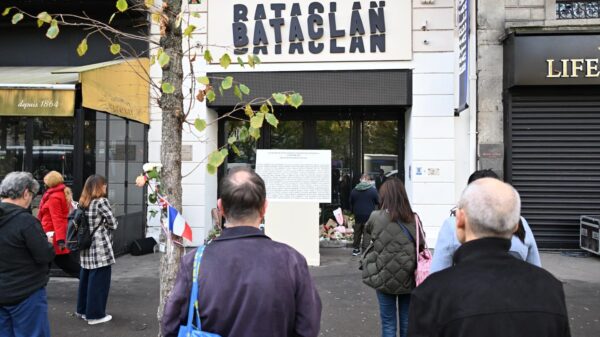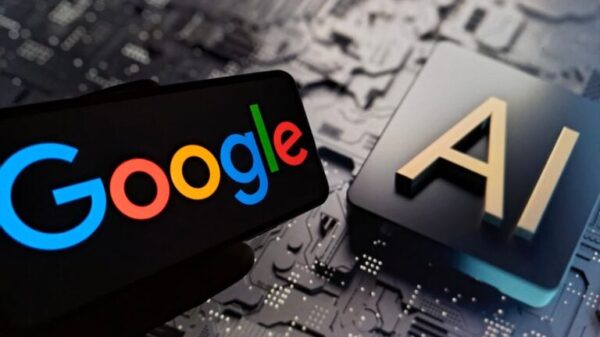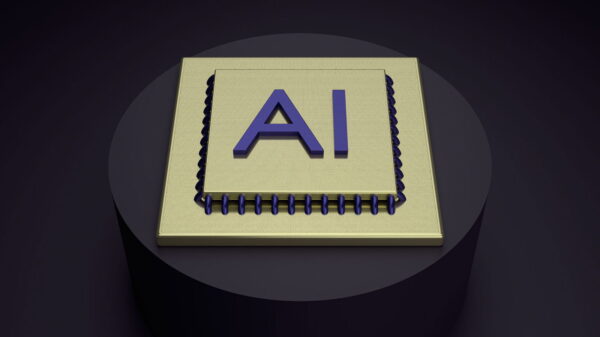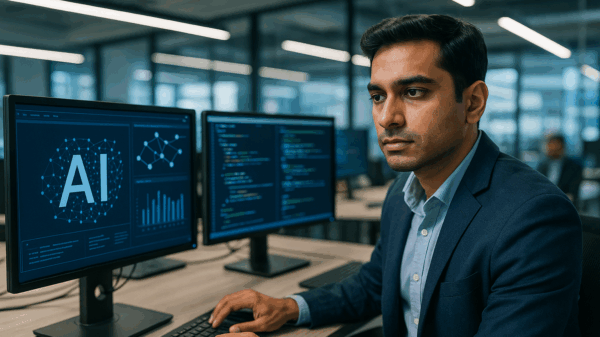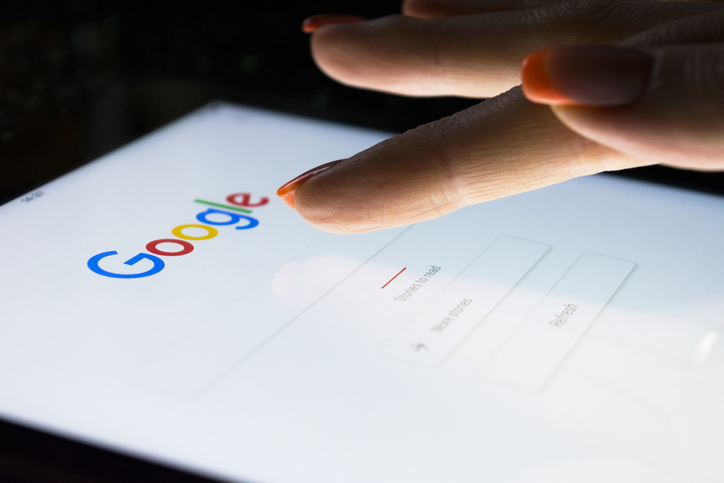As artificial intelligence (AI) continues to evolve, its impact on education is becoming increasingly evident. Shantanu Sinha, Google’s Vice President for Education, recently shared insights with Times Higher Education, emphasizing the transformative nature of AI in learning environments. He suggests that the current conversations around student cheating may be misguided and that AI can instead enhance educational experiences.
Sinha pointed out that students are utilizing AI technologies in innovative ways that often outpace their educators’ understanding. While many educators express concern about students using AI to complete assessments without genuine understanding, Sinha argues that students themselves recognize the risks of this approach. They acknowledge that simply asking a chatbot for answers undermines their learning and jeopardizes their performance in assessments. “They know that’s not good for them because they know that’s jeopardizing what they’re going to get assessed on,” he said. “Ultimately, their motivation isn’t just that assignment. Their motivation is getting a good grade and doing well.”
Innovative Educational Tools from Google
In response to these challenges, Google has launched a suite of products designed to assist both students and educators. One notable product, Notebook LM, allows students to convert their notes into various formats, including flashcards, quizzes, mind maps, and even multimedia elements like podcasts and videos. Additionally, Google introduced a “guided learning” mode on its Gemini platform, akin to ChatGPT’s Study mode. This feature acts as an electronic personal tutor, engaging students in the learning process by guiding them rather than simply providing answers.
Sinha noted that the push for guided learning came directly from students, who expressed a desire for more effective learning tools. This mode encourages self-motivation and engagement, moving away from passive consumption of information. Sinha explained that this shift could foster a generation of “self-motivated” learners. “The pessimistic way to look at this would be like, ‘OK, students are cheating now.’ But it’s not clear that’s actually true,” he remarked.
See also Interior Designers’ AI Tool Adoption Triples to 29% in 2025, Survey Reveals
Interior Designers’ AI Tool Adoption Triples to 29% in 2025, Survey RevealsRethinking Assessments in Higher Education
The rise of AI technologies presents a unique opportunity for educational institutions to reevaluate their assessment strategies. Sinha suggests that educators should critically assess their assignments to identify vulnerabilities where students might circumvent learning. “If your assignment is such that you could look things up that easily, then maybe that’s not the best assignment,” he advised. This perspective encourages a shift towards assessments that truly drive critical thinking and deep learning.
As universities begin to formulate policies regarding AI use in education, Sinha highlighted the need for flexibility. He believes there is no “one size fits all” approach, as different academic disciplines and educators have varying perspectives on acceptable AI usage. He emphasized the importance of clarity for students navigating these new technologies, stating that they often grapple with the nuances of what constitutes acceptable assistance in their studies. “They don’t want to use it the wrong way, but sometimes they question, ‘why was asking my friend for help OK’ or ‘why was searching on the web OK’ but this is not,” he explained.
Despite the concerns surrounding AI, Sinha maintains optimism about its role in education. He insists that the essence of classroom learning, characterized by direct interactions between students and instructors, remains intact. He stated, “The core of the classroom still revolves around discussions between students and academics, as well as written exams, which are totally AI-proof.”
Looking to the future, Sinha envisions a scenario where higher education institutions embrace AI to enrich learning experiences. “We can make learning even richer than it was before, and we can start to create project-based learning that leverages AI to unlock all kinds of possibilities,” he noted. With ongoing innovation, the potential for AI to enhance education remains vast, and the integration of these technologies could lead to more dynamic and engaging learning environments.

